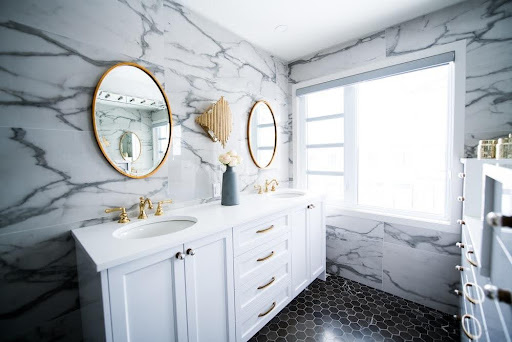In today’s interior design landscape, the fusion of contrasting styles has become a prominent trend. The living room, being the heart of the home, provides an excellent canvas for blending modern and traditional elements. This harmonious combination can create a unique, inviting, and visually captivating space. In this article, we’ll explore the art of seamlessly integrating these two design worlds into your living room.
Understanding Modern and Traditional Styles
Defining Modern Style
Modern design is characterized by clean lines, minimalism, and a focus on functionality. It often features a neutral color palette, sleek furniture, and an absence of excessive ornamentation.
Defining Traditional Style
Traditional design embraces classic and timeless elements. It incorporates rich colors, ornate details, and furniture with a historical touch. Traditional style often exudes warmth and comfort.
Identifying Your Style Preferences
Before you begin blending styles, it’s essential to identify your personal preferences. Determine whether you lean more towards modern or traditional aesthetics, or if you’re open to a balanced approach.
Creating a Unified Color Palette
Harmonizing your color scheme is vital. Blend modern’s neutrals with traditional’s warm tones. Opt for a cohesive palette that ties the room together.
Balancing Furniture Selection
Choose furniture that balances the clean lines of modern design with the classic shapes of traditional furniture. Mixing materials like wood and metal can be visually appealing.
Mixing Textures and Materials
Integrate various textures and materials to add depth and interest to the room. Combine smooth surfaces with textured fabrics and natural materials.
Wall Decor: Art and Mirrors
Use art and mirrors strategically to enhance the room’s ambiance. Modern art can complement traditional decor, creating a fascinating juxtaposition.
Lighting Design
Select lighting fixtures that match your overall style but don’t be afraid to mix and match. A modern chandelier can be a striking contrast to traditional furnishings.
Rugs and Flooring
Area rugs can serve as a bridge between styles. Choose a rug that incorporates both modern and traditional elements, or opt for two rugs in different parts of the room.
Window Treatments
Curtains and blinds offer an opportunity to infuse your style. Consider using modern curtains with traditional tiebacks or vice versa.
Accessories and Decorative Items
Accessorize thoughtfully. Incorporate decorative items that reflect both styles. A mix of modern and traditional accessories can make your space feel balanced.
Functional Harmony
Ensure that your living room remains functional. Consider the practicality of your furniture and layout to meet your everyday needs.
Maintenance and Flexibility
Learn how to maintain the harmony in your living room and make adjustments as your style preferences evolve.
FAQs
Yes, it’s possible. Focus on space-saving furniture and use a unified color palette to create a cohesive look.
Consider discreetly integrating modern technology, such as concealed speakers or a smart TV behind a traditional cabinet.
Shop at thrift stores or online marketplaces for unique, budget-friendly pieces that fit both aesthetics.
Absolutely! Mixing various historical periods within traditional design can add depth and character to your space.
Regularly evaluate your design choices and consider consulting with an interior designer to maintain the right balance.
Conclusion
Blending modern and traditional styles in your living room can be a rewarding creative endeavor. By carefully selecting elements from each aesthetic and finding ways to harmonize them, you can create a space that is uniquely yours









Find Us on Socials